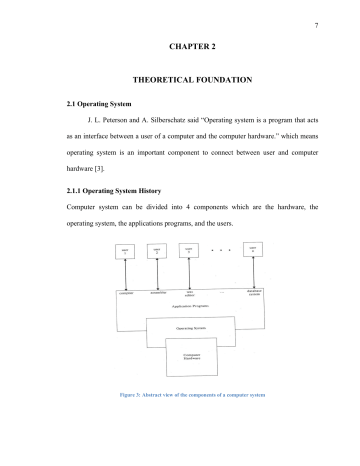

- Bbm for android version 2.3.4 Patch#
- Bbm for android version 2.3.4 Pc#
- Bbm for android version 2.3.4 Bluetooth#
- Bbm for android version 2.3.4 windows#
Bbm for android version 2.3.4 Patch#
To simplify the classic usage, complex functions are now only available in 'expert mode' (activatable in the setup page): this regards the patch editor and the new micro-tuning feature. Even small devices can now leverage 2 synthesizers thanks to an optimized layout.
Bbm for android version 2.3.4 Bluetooth#
It is possible to record WAV, to connect a MIDI keyboard (using a USB/OTG cable for Android Honeycomb 3.1+, or Bluetooth Low Energy for Android Jelly Bean 4.3+), and to take advantage of a small step sequencer. You can also create and save your own patches, either by editing one of the (deliberately) unsorted builtin ones, or starting from scratch with the 'init voice' function. SynprezFM 2 is also a Yamaha DX7 emulator, that can render with accuracy the sysex files you upload into an external storage directory setup by menu, in order to heighten the experience. It is able to produce analog style pads, to emulate classic or modern instruments, or to invent new and awesome crystalline sounds. It uses Frequency Modulation, a lightweight method for generating complex harmonic waveforms by mixing or combining sine samples controlled by envelops and LFO. Carriers should probably get used to the idea of some sleepless nights to come, as two of the biggest smartphone platforms in the world get very serious about doing messaging on their own terms.SynprezFM 2 is a programmable polyphonic synth with a multitouch dynamic keyboard, arpeggio, effects and 1024 built-in instrument patches. Nonetheless, Google isn’t far from a mobile/tablet/desktop inter-connected iMessage alternative in GTalk. WebRTC will undoubtedly take time to polish.
Bbm for android version 2.3.4 windows#
GIPS had already cooked up iOS and Windows Mobile versions prior to being acquired: if Google can add the same functionality to its existing Google Talk for BlackBerry, iOS and other platforms, that’s a foot not just on Android devices but across the board in a way that neither iMessage nor BBM offer. Google has already confirmed that its GTalk team is working on shifting the platform from iSAC to WebRTC the search giant is also working with Mozilla, the IETF and W3C to cement WebRTC into a set of open standards which developers can use at their whim.Īs those pieces slot into place, Google will have a system that works on Android phones, Android tablets, Chrome OS based Chromebooks, in the browser – whether you’re using Chrome, or any standards-compliant alternative – and anywhere else developers decide to leverage it. Using a combination of straightforward HTML and JavaScript, WebRTC puts video conferencing into the browser rather than demanding a specific client-side app.Īlthough in reasonably early stages of development today, eventually WebRTC will offer a far more open, easily-accessed way to hold voice and video calls than the popular existing systems like Skype and, more recently, Apple’s FaceTime. But Google’s real hidden weapon is in WebRTC, the open-source project it kicked off after acquiring GIPS last year. Most of the challenge is joining the dots, not inking them in the first place. Problem is, it doesn’t consistently offer the same features across the board. That standalone client supports file transfers, as well, and a few years back Google added group chat support.
Bbm for android version 2.3.4 Pc#
Gmail users can log into GTalk in the browser, while PC users have the choice of a standalone chat client too. The particular strength of GTalk, however, is in its cross-platform support. Google has an IM system in the shape of Google Talk and, in the latest version of Android, Gingerbread 2.3.4, it has voice and video support too. It’s the iChat app for iOS we’ve been waiting for, only with zero hurdles to usability – you don’t have to tell your iPhone if you’re wanting to use SMS or data, since it figures it out itself. The concept behind iMessage is straightforward: rather than route text, audio and photo conversations via SMS and MMS, if iOS 5 figures you’re talking to another iMessage user, they’re fired off over your data connection instead.


 0 kommentar(er)
0 kommentar(er)
